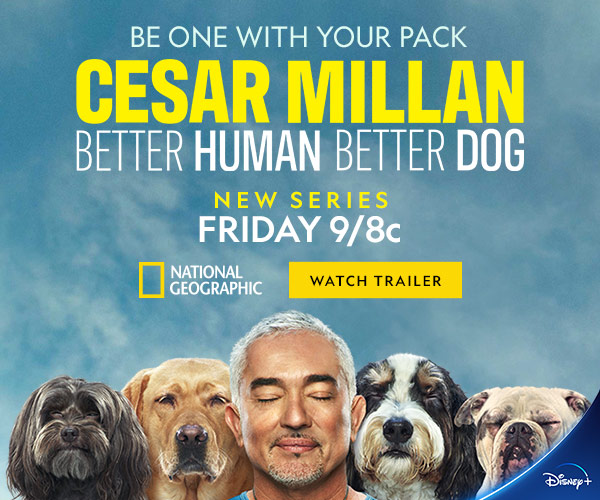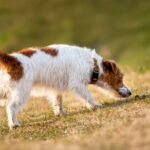I think my regular readers know the story pretty well by now of what inspired me to come to America to become a dog trainer. While I was a kid growing up in Mexico, I used to watch reruns of the old American shows “Lassie” and “Rin Tin Tin
.”
The tricks that those two dogs could do were amazing, and I believed that the only place I could learn how to do that was in Hollywood. But there were two secrets I didn’t know at the time about how the trainers really did it.
One was an illusion. The other was exactly the opposite.
How star dogs are created
What I didn’t know and what I think a lot of people don’t realize is that a character dog in a movie or TV show is not always one dog. It depends on the dog’s abilities and natural talents. In the case of Lassie, they might have one dog that does herding, another that does all the running, one for the close-ups and another that makes public appearances.
It’s really no different than human actors using stunt doubles or body doubles, or having their singing voice dubbed.
Honoring the animal
This all comes from the philosophy of honoring the animal. If you have a dog with absolutely no interest or natural instinct for herding, you won’t be able to get that dog to perform the behavior on camera — but that same dog may be incredible at jumping over fences or opening doors. In the case of the close-up dog, it may not be able to do anything else, but does have a very expressive face.
Where this helps us with our dogs is in learning to discover their natural talents and interests, then focus on those in rehabilitation and training. If a dog loves meat but hates vegetables, you’re not going to get the same results if you give her broccoli as a reward instead of steak. Likewise, if she likes to hunt for hidden treats but not play ball, a game of fetch is not going to engage her the same way.
If a Hollywood trainer tried to use a dog for the wrong tricks, it would show because the performance would not look authentic. That’s why the multiple dog illusion is necessary. But when it comes to working with a dog, humans have to do exactly the opposite.
How to approach a dog
First and foremost, you have to approach a dog with authenticity, something I call being your “best” self. If you try to fake it, your dog will know instantly — and they won’t trust you for a second. If you’re naturally very animated, you have to continue to do so with the dog. It’s the same if you’re naturally reserved and not overly expressive.
This has two effects. The first is that the dog will not have the sense that you’re trying to fool her or pull any tricks. Your energy will match your appearance and not set off any alarms. I’m sure you’ve seen an instance where someone was mad at a dog but tried to get her to come with sweet talk. The dog sees right through the sugar coating and reacts to the anger by running away.
The other effect is on you. It is only when you are being your best self that you will also find how to be your calm and assertive self. You can’t naturally feel that energy state when you aren’t being authentic. It’s not even a conscious thing. If you aren’t being genuine, your body will sense the difference instinctively and give off unbalanced energy.
So for the best results with your dog, learn what truly interests him, focus on that, and always approach him with authenticity.
Stay calm, and let your dog — and you — be yourselves.











